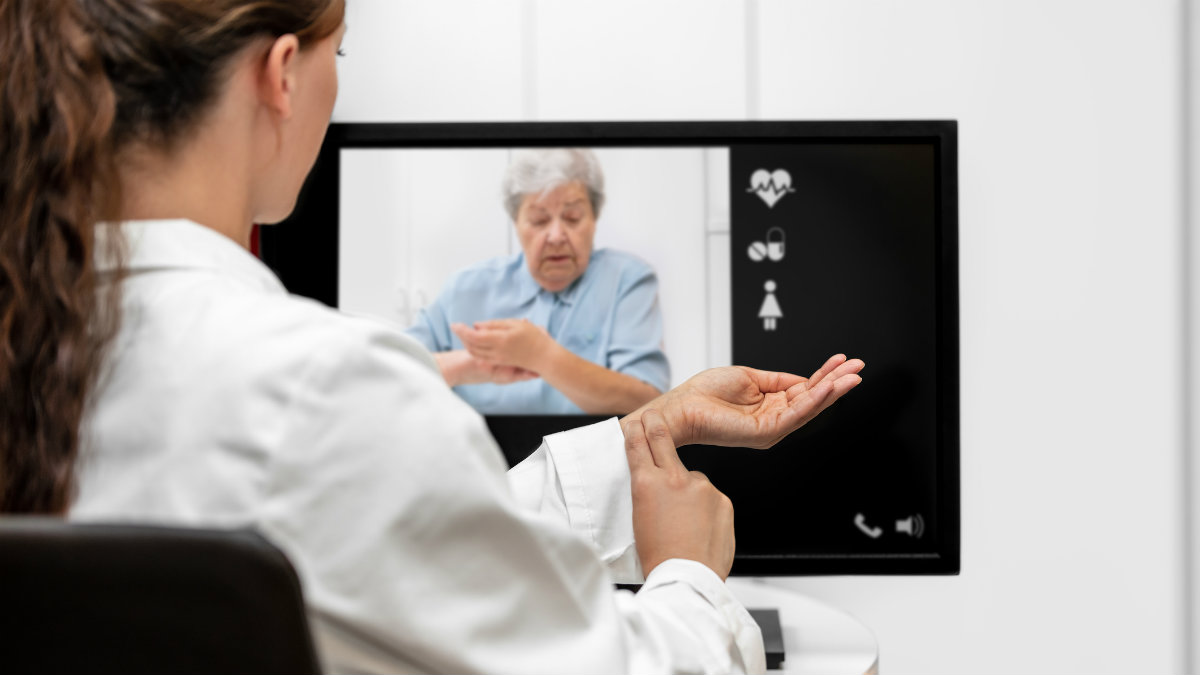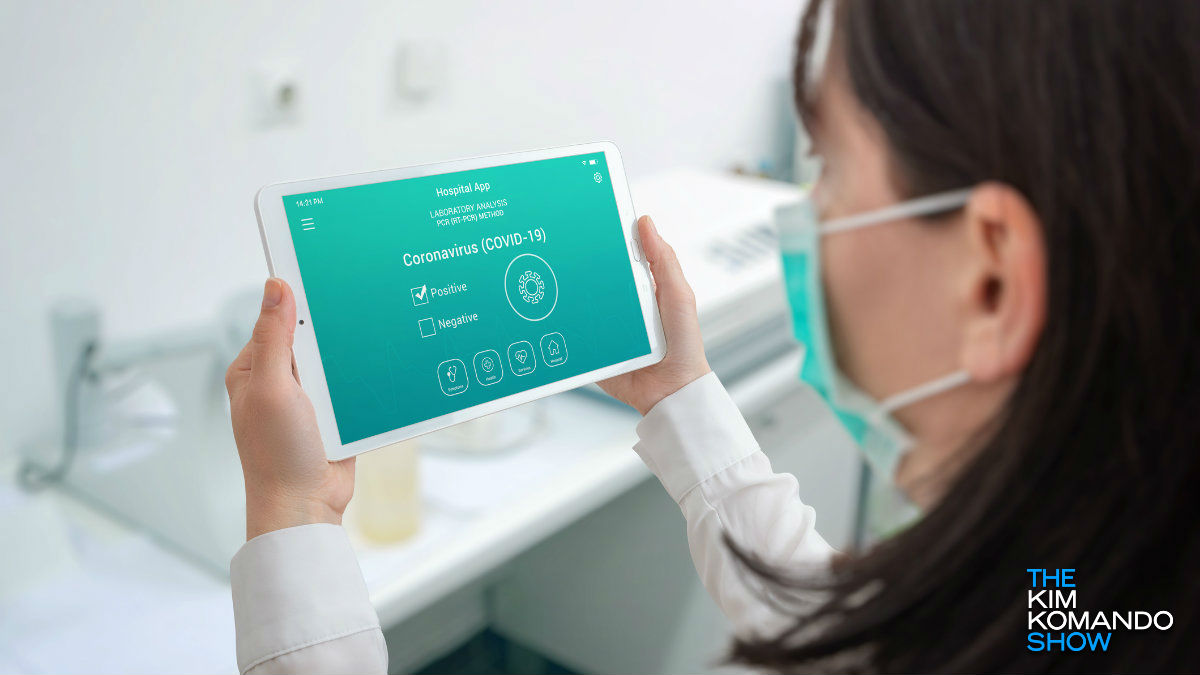What's up, doc? Surprise email fees are the new healthcare trend

The doctor will see you now … anywhere, thanks to telehealth tech. But patients have found these visits are sneaking a hand into their wallets. Reports show that a growing number of hospital services across the country charge patients just to message their doctors. That’s leading to surprise fees as high as $50 for an email!
I know. It feels like we’re getting nickeled and dimed for everything from concert tickets to all the ongoing hidden cable fees. But charging patients to ask an online question seems pretty extreme. Doctors have their reasons. Patients are not happy. Let’s break it all down.
Uh-oh, is my clinic charging me extra like this?
Bottom line: You should check. Some hospital systems use proprietary software to do it on their end, while others charge via standard patient portals like MyChart. Hospitals in Ohio (including the Cleveland Clinic), Illinois, Maryland (including Johns Hopkins), Texas, Pennsylvania, Oregon and California have all taken the pricey plunge.
Doctors report that, so far, most of these billable messages come from people in their 50s and 60s. They have the technical know-how to send an online message and are more likely to have important questions about their health.
But that also means that younger patients may jump onto patient portals and shoot an email as they would to their bestie — without realizing that hospital systems have been quietly adding charges. So how’d that happen?
An exercise in patients: Why messages cost money now
Blame it on the telemedicine rush. Telemedicine was already a growing option in the 2010s but went into overdrive during COVID-19. Doctors and hospitals raced to implement systems and a massive wave of patients started learning to use them.
Telehealth portals couldn’t handle video visits like simple phone calls unless they opened call centers! Instead, they used emails to screen patients and chose only a few for online video chats with a doctor.
The problem is that’s still a lot of emails. And doctors (plus their assistants) were losing money and precious time, taking hours to go through email explanations of symptoms.
But there was a waiting solution: In 2019, the U.S. Centers for Medicare and Medicaid Services added new billing codes that allowed healthcare businesses to charge money for written messages. Slowly but surely, message fees have gone live.
Unfortunately, it sounds like a system ripe for abuse to me, and the last thing anyone needs is another medical charge. So let’s look at how to stop it.
Messaging or emailing your doctor? Be careful, it might cost you

If you have a question for your doctor, but it’s not an emergency, sending an email is the easiest way to communicate. But beware. Some doctors are now charging a fee to send emails or text messages.
Read on for details on why doctors are considering a fee for answering medical questions by email.
Virtual doctor's visits: How telemedicine works and booking your appointment

Telemedicine is pretty much what it sounds like — a medical appointment or a place to get medical advice, over the phone. But in today’s modern world of technology, it means through video chat.
Though a doctor can’t touch you through your computer, you can still get a lot out of a telemedicine appointment. Things like advice and diagnoses, and even treatment options. Tap or click here for help finding a telemedicine doctor.
10 ways the coronavirus has changed your daily life

Life has changed significantly since the start of the coronavirus pandemic. Our routines have changed, our ways of interacting have changed and our pastimes have gone from having drinks at bars and dinners at restaurants to watching videos on how to make bread with the ingredients you have in your pantry.
Study shows just how bad apps are at guessing your illness

Have you ever come down with a case of “Googleitis?” This happens when you spend hours self-diagnosing health symptoms online using Google or a symptom-checker and ending up with a result like “cancer” or something worse.
Coronavirus testing: How to get the first FDA-approved at-home test

One of the most frustrating parts of the COVID-19 pandemic has been the availability of testing kits. Even in regions where tests are plentiful, doctors still advise people with mild symptoms to stay home rather than come in and confirm their status.
Need help finding a doctor? These new tools make it easier

During this pandemic, it’s important to have a healthcare professional you trust to contact with medical questions. But the last place you want to visit right now unless absolutely necessary is the doctor’s office.
This is why YouTube's video quality just got worse and how to fix it

Updated 03/24/2020 – YouTube announced that starting this week it will reduce the quality of video playback on its site for everyone around the globe for one month. This is an effort to ease the stress on internet networks due to the massive number of people online during the coronavirus pandemic. You can still watch videos in HD but you have to change the setting manually. We’ll tell you how to adjust this setting in the next section.
Check your possible coronavirus symptoms using the CDC's new AI-powered bot

The number of people infected with the coronavirus is growing every day. We all need to play a role in flattening the curve. Start by practicing social distancing and regularly washing your hands with soap and warm water for at least 20 seconds.
How to get a free coronavirus assessment online

The coronavirus took a serious turn for the worse this week when the World Health Organization (WHO) classified it as a pandemic.
Now, frightened people are searching for answers on the best ways to stay protected. Agencies like the EPA have been trying to help by publishing a list of disinfectants that have been verified to be effective against the coronavirus. Tap or click here to see the official list of products.
Last gadget standing: 7 of the coolest innovations at CES

Despite being a convention about futuristic tech, CES is steeped in tradition. Since its inception, robots have played a major role — as well as industry favorites like TVs and phones. Even cars, once a rare sight at the convention, are now an expected and solid part of the new tech lineup.
